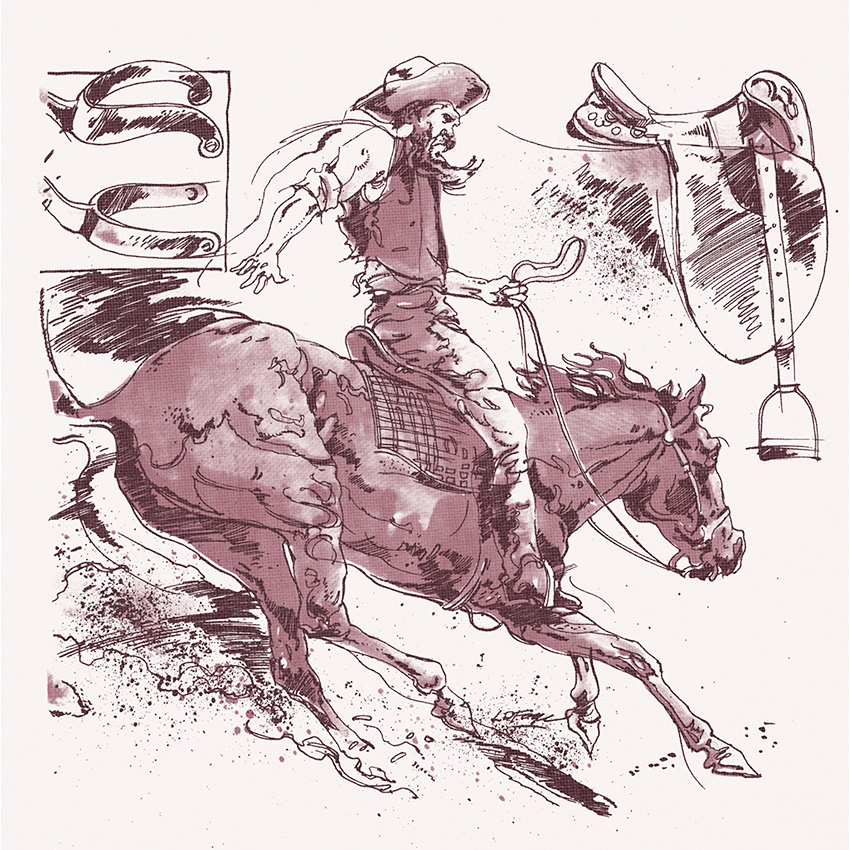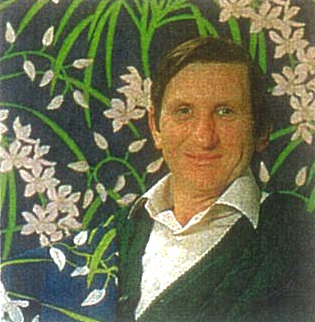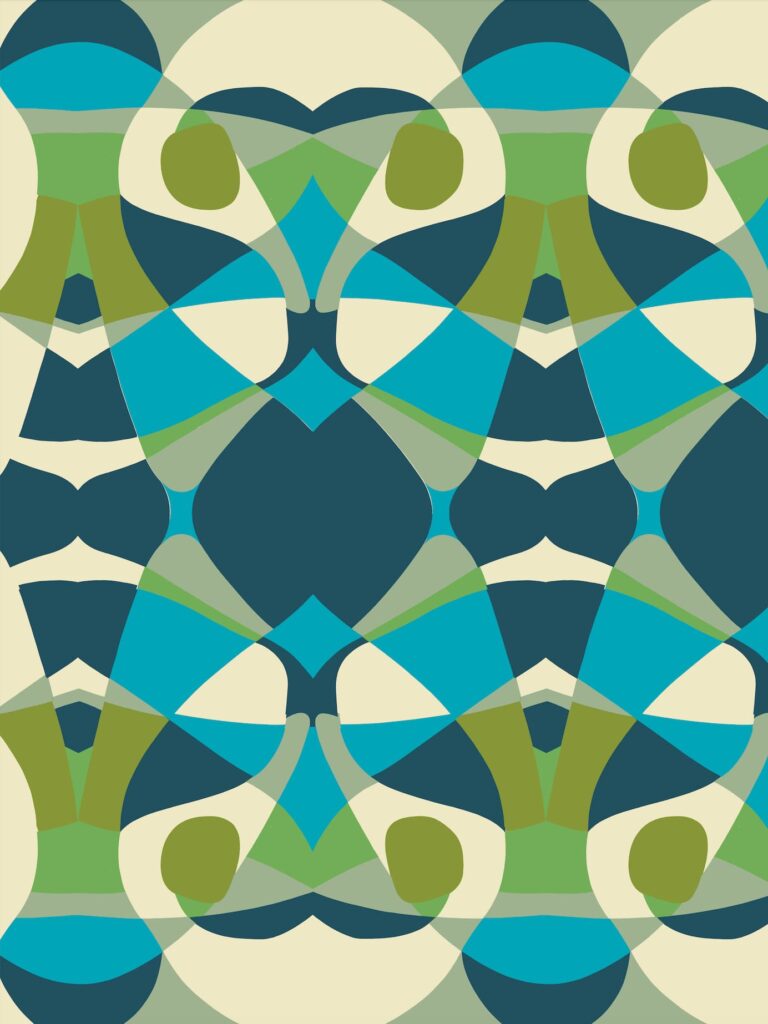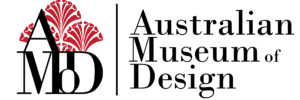
Australian Artists of Textile Designs

Florence Broadhurst – Artist
Risk-taker par excellence, style maven extraordinaire, her most exhilarating legacy is a design archive making waves around the world today. But this is where her legend begins.
Born in 1899 in a remote rural corner of Australia’s Queensland, Florence’s death was a violent murder at the age of 78. In between, she lived a series of vivid, fantastic lives.

Collette Dinnigan – Artist
Collette Dinnigan, a luminary in fashion design renowned for her exquisite work in textile design, lace, and embroidery. We are thrilled to have Collette as a distinguished artist within our collection, a partnership that has flourished through shared creative endeavours.

Chris Stone – Artist
Chris Stone, born in Leicester in 1950, has built an illustrious career as a textile designer, his artistic journey taking him from the classrooms of Loughborough College of Art and Winchester School of Art to the prestigious Royal College of Art in London. Upon graduating, his talent was immediately recognised by Ken Scott, a prominent American designer based in Milan. In the early ’70s, as “the Italian Look” reigned supreme in the fashion world, Chris’s designs became synonymous with the cutting-edge style of the era.

Kate Ceberano – Artist
Kate Ceberano, the Aussie music legend known for her electrifying contributions to the industry, has now extended her creative prowess into the realm of textile design, striking an exciting collaboration with the Australian Museum of Design (AMoD). This partnership has unveiled a limited edition line of art, napery, and soft furnishings, each piece a testament to Kate’s multifaceted talent and artistic vision.

Margaret Clark – Artist
As an acclaimed Australian illustrator, Margaret Clark brought whimsy and charm to life through her enchanting ‘Federation Fairies’ series. Created in the early 1900’s, her illustrations captured the free spirit and magic of fairies, set against the backdrop of the Australian bush. Her delicate and intricate work reflects a blend of European folklore and Australian flora and fauna, giving the fairies a unique identity rooted in the nation’s cultural heritage.

Roberta Montefano – Artist
Roberta Montorfano , an artist with Italian-Mexican heritage, has been a dynamic presence in the world of textile and graphic design, and now she extends her influence by joining the Australian Museum of Design ‘AMoD’ as one of today’s pivotal contemporary designers. Her collection at AMoD is a tapestry of experiences, a reflection of her extensive travels around the globe that preceded her decision to settle in Australia.

David K Miles – Artist
The two most prominent were Florence Broadhurst and David Miles. David was trained as an architectural draughtsperson and was a talented artist. He was working for a flamboyant, high society interior decorator, Merle de Boulay and designed murals for private clients and mosaic tables. David met Florence Broadhurst in 1965 when he was only twenty years old. Merle de Boulay had sent him to Florence’s studio to get some wallpaper commissioned.

Donald Bruce Clark – Artist
Donald Bruce Clark Australia’s original artist and producer for Napery sold exclusively to David Jones and Grace Bros. A collection of his work is now with Australian Museum of Design part of Australia’s largest body of design history.

Lloyd Foye – Artist
Lloyd Foye was selected to illustrate this culturally significant artwork collection. One of his strengths was the ability to draw people. When you look at the faces in the artworks, it is clear he was the obvious choice. The facial expressions drawn in Lloyds notorious line style, show more emotion than even a photograph could capture.

Noel Lyons – Artist
Noel Lyons Biography “Australians decorate for a perpetual summer, and do not favour sombre colours” Noel Lyons (1936-1995) was an Australian textile and wall coverings
Commissioned Artists & Designers
During the 1960s, 1970s, and 1980s, textile design houses worked in collaboration with various artists and designers to create patterns for wallpapers and fabrics. This practice was widely accepted within the industry, and it marked an era of innovation and artistic exploration.
In these decades, design houses recognised the value of diverse, eclectic, and sometimes unconventional artistic perspectives into their collections. To achieve this, they actively sought out talented individuals who could contribute unique patterns and designs. These artists and designers were often hired as freelancers or on a project basis.
What distinguished this period was the prevailing norm that these collaborations didn’t necessarily involve crediting individual artists for their work. Instead, the resulting patterns and designs were considered the intellectual property of the design company itself. This practice allowed the companies to maintain a cohesive brand identity while benefiting from a diverse range of creative influences.
The anonymity of the artists behind these patterns was, in a way, a testament to the primacy of the design house. It underscored the idea that the company’s vision and brand took precedence over individual recognition. Artists and designers were willing participants in this arrangement, often motivated by the opportunity to see their work reach a wide audience through the production and distribution capabilities of these established design houses.
As a result, the textile and wallpaper industry flourished with an array of captivating, diverse, and often groundbreaking designs during this period. The collaboration between design houses and the talented artists they employed, even if uncredited, played a vital role in shaping the aesthetic landscape of Australian design history and the world of interior design.

Largest body of Australian designs
Unseen by the public for more than 50 years
There’s nothing like a revival…

